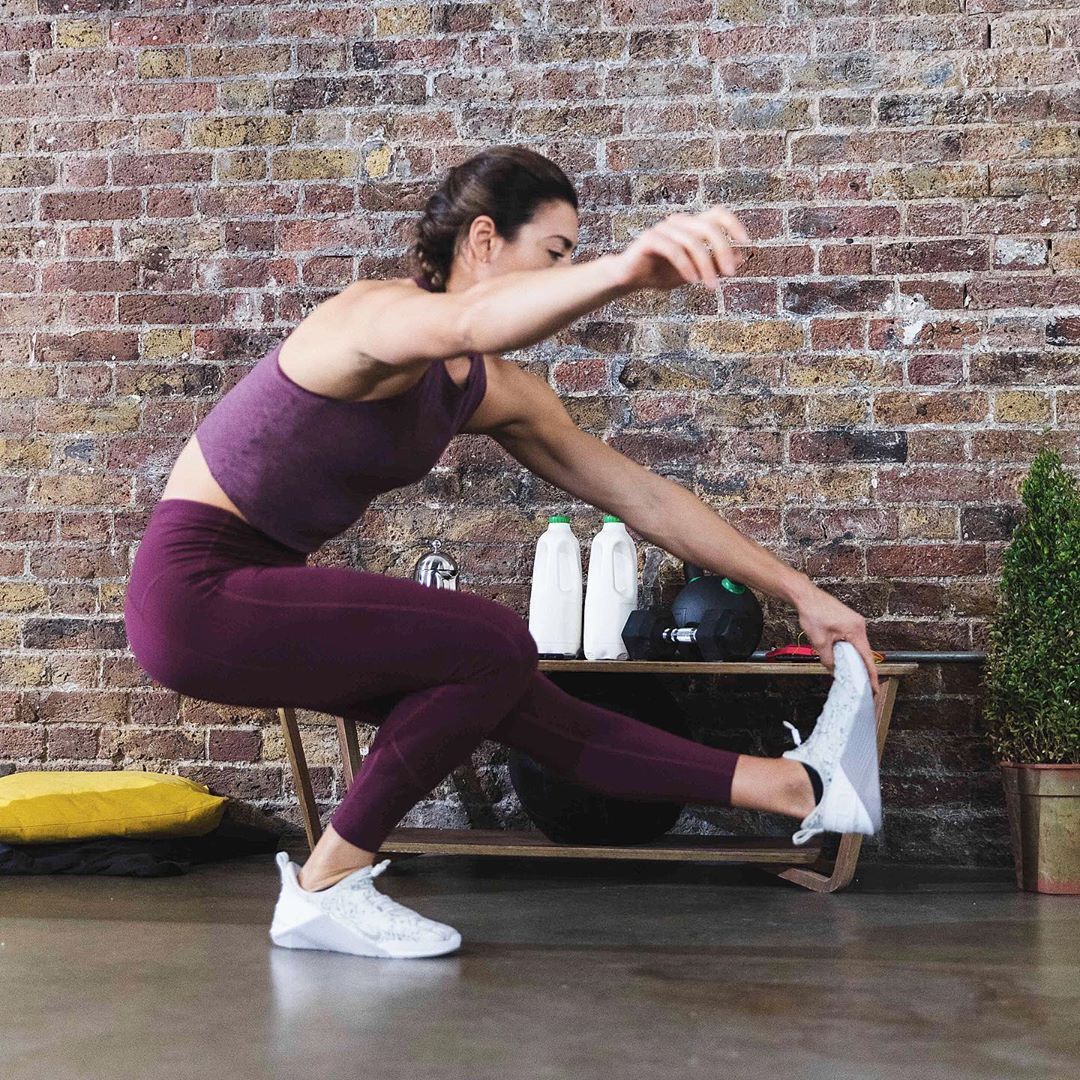
Fitness for the frontline
We spoke to Debs Manlove of WIT Fitness about what they're doing to help frontline workers train, and how it's about more than just muscles.
While there are a whole host of online fitness classes available on Zoom or Instagram Live to do at home, WIT Fitness, London-based online multi-brand retailer and training brand, have turned their attention to NHS staff to ensure that they’re not just keeping their patients fit and healthy, but themselves too.
We speak to Debs Manlove, Operations Managers of WIT Fitness, about the benefits of CrossFit for frontline workers.
How is WIT helping frontline workers?
We are sending out care packages to specially-nominated NHS staff who are part of London fitness communities to give them a boost, in addition to providing our daily workouts along with a video briefing by a coach every day on our @wit.house.ldn account so that even people who are not members of our gym can engage with our training.
We are also getting our community involved with as many charity initiatives as we can, such as CrossFit’s Support Your Local Box, United in Movement, Team Rubicon UK and Hero WOD, and will continue to do so as they arise through the coming weeks.
Why is it important for frontline workers to incorporate fitness into their week?
I don’t think there are any doubts about the physical benefits of regular exercise, and like everyone else, frontline workers can reap those benefits by incorporating fitness into their weekly schedule. As well as improving overall health markers, regular exercise can help reduce stress which these incredible frontline workers are likely to be subject to more than ever in the current situation.
How do you keep people motivated that are already on their feet all day?
By taking the reins and giving them an hour where someone else is in charge and they can just focus on moving well, and enjoy being coached, inspired and entertained.
Is it necessary to have equipment to do CrossFit?
It helps, but as we are finding out at the moment, it is not essential and actually you can find a lot of gym ‘equipment’ around the house. Any well-rounded fitness program, including CrossFit, requires moving external loads (i.e. weights) so while you don’t need lots of equipment, something like a dumbbell or kettlebell can be useful and very versatile. If you don’t have access to that, a backpack full of books can be equally useful!
What are the primary benefits of CrossFit?
Making you fitter, faster and stronger! Because CrossFit looks to improve all aspects of fitness (strength, cardiovascular endurance, flexibility and stamina to name a few), the programming is constantly varied–so there is always something new to work towards. Most CrossFit gyms pride themselves on having a friendly and inclusive community, which makes training a much more enjoyable experience and means that members become consistent in their training and therefore see results.
And what are the mental health benefits of CrossFit?
Exercise can improve mood (endorphins!), help boost mental resilience, reduce stress and simply provide us with some time to process thoughts, feelings and challenges that we are facing throughout our day.
What are your top tips for someone who’s intimidated to try this form of exercise?
Start off in a 1:1 setting with a coach. This immediately takes away all of the ‘scariness’ of being in a class setting and allows you to gain confidence and develop your movement under the watchful eye of a qualified professional.
How can exercise be incorporated into a busy schedule, or one that’s very physical?
The beauty of class-based exercise is that you know exactly how long you’ll be in the gym for – which makes it easier to incorporate into a busy schedule. In the current situation, I’d encourage people to take the mindset of ‘something is better than nothing’ – if you only have 10 minutes to go for a quick run – just do it! If you’re really not feeling like getting a sweat on, do half an hour of mobility work instead. You might finish that and feel like getting moving, great, or not, also fine!
What are the do’s and don’ts of recovering from sore post-workout muscles?
To recover from DOMS (delayed onset muscle soreness), move. If you’re feeling sore, take a walk, jog, do a yoga session, get the blood flowing to help promote recovery. Make sure you’re staying hydrated and getting plenty of good nutrition on board. Don’t sit on the sofa and wait for it to pass.
What is a must-have or hero item from your range?
The WIT Editions range is brilliant. The leggings and open back bra in particular are super comfy and stay put through your session.
Discover our Active range of supplements including our magnesium spray and protein powders; ideal for post-workout muscle recovery.



